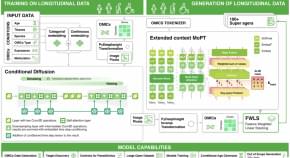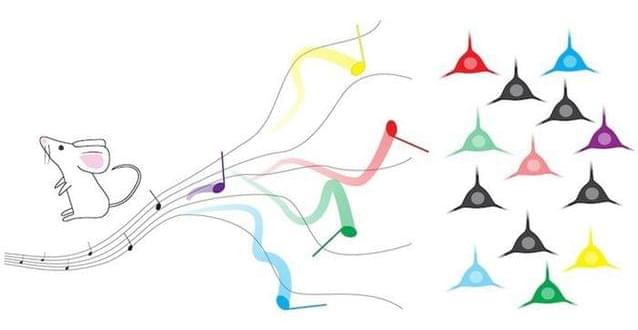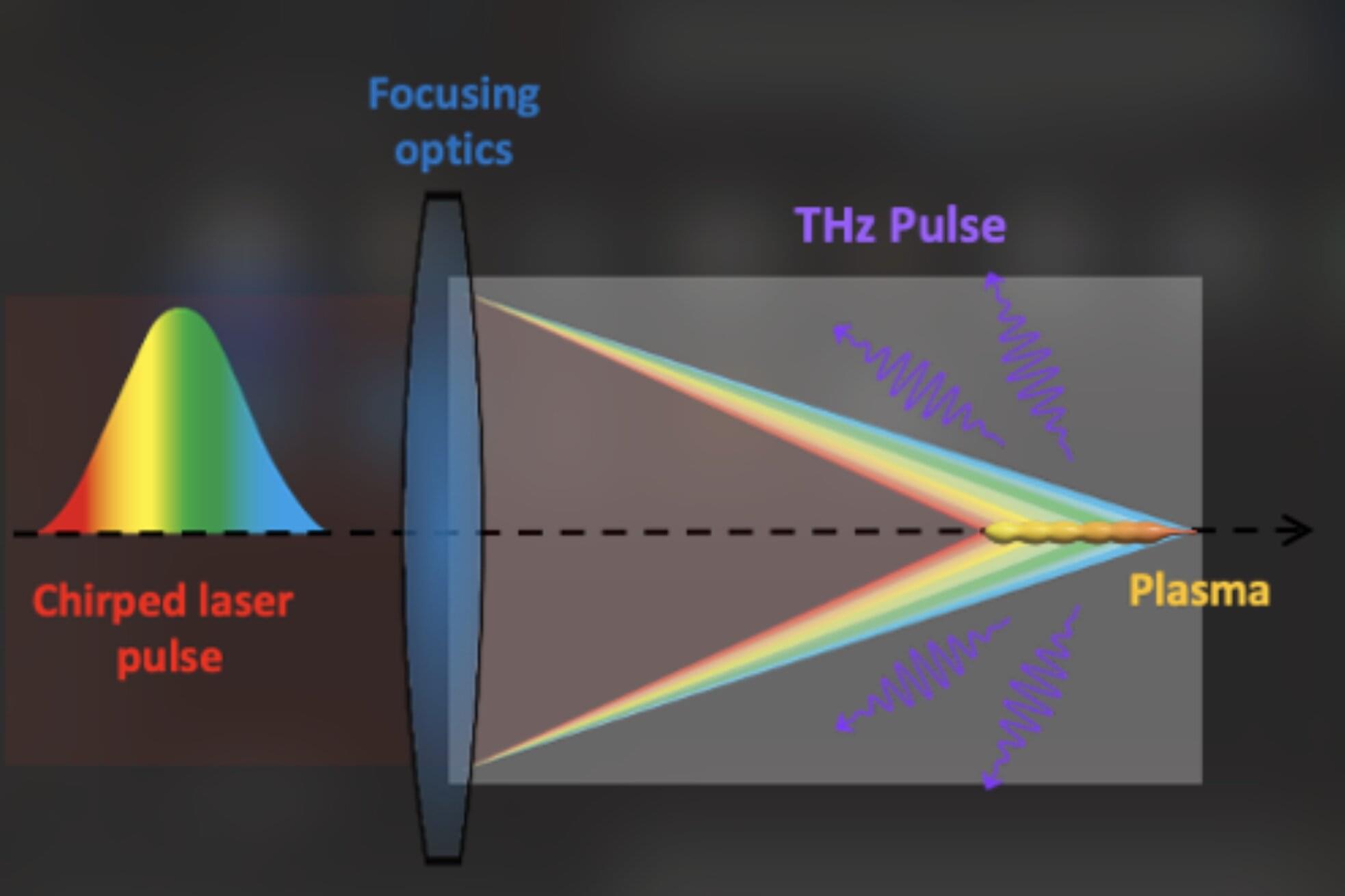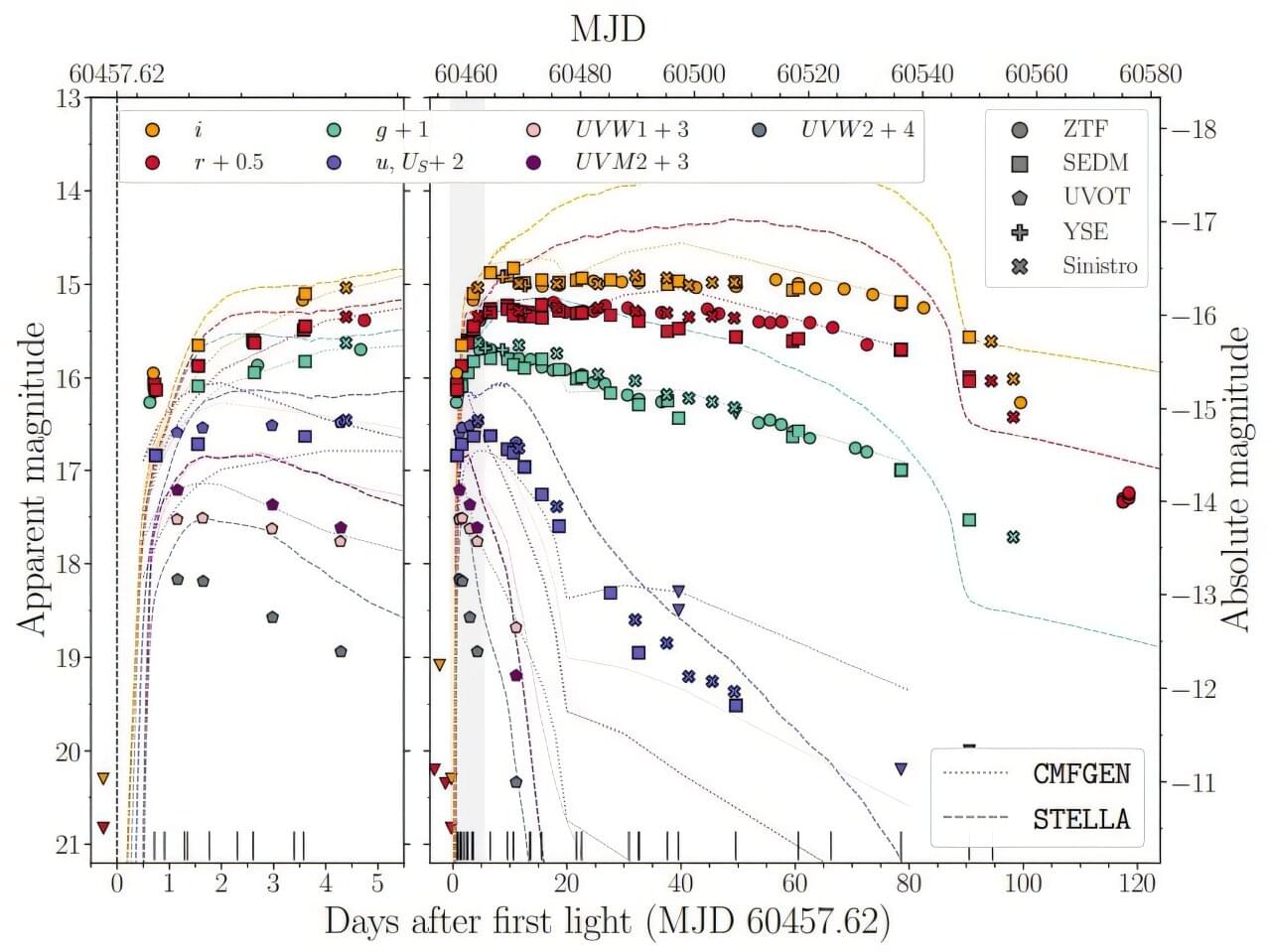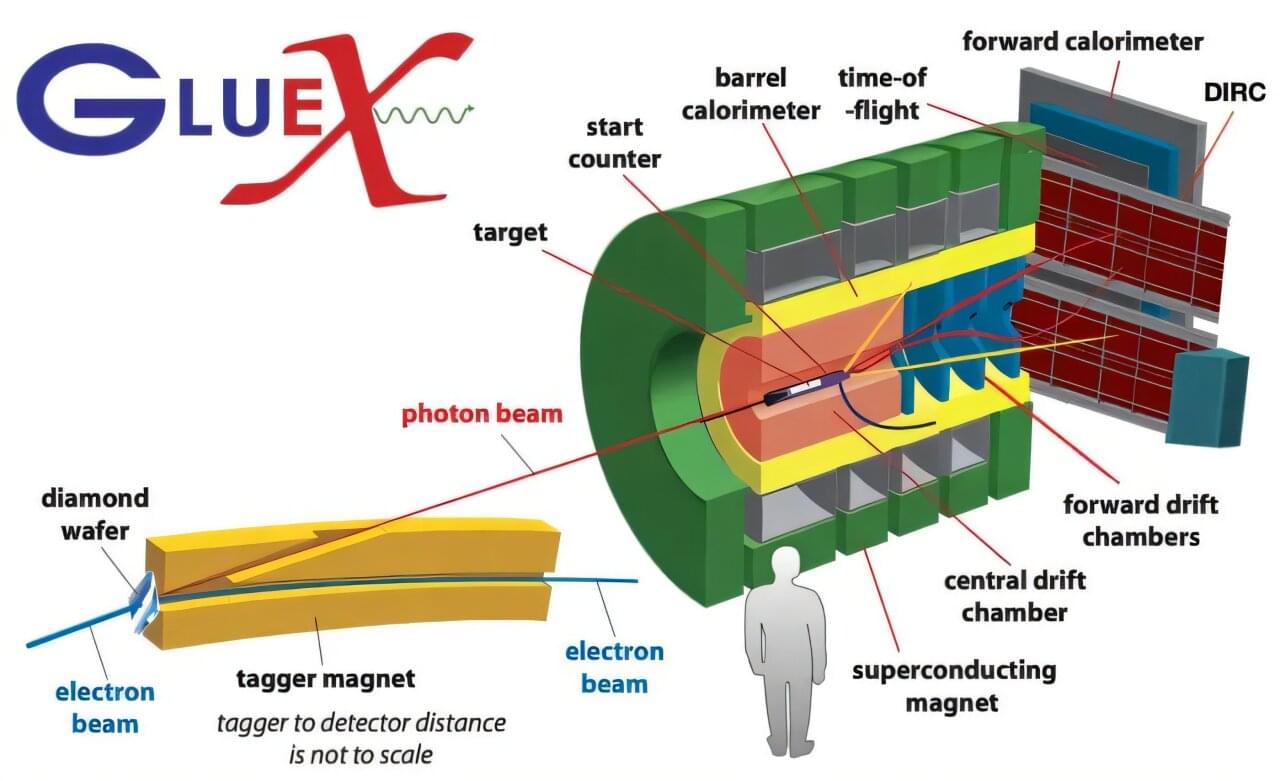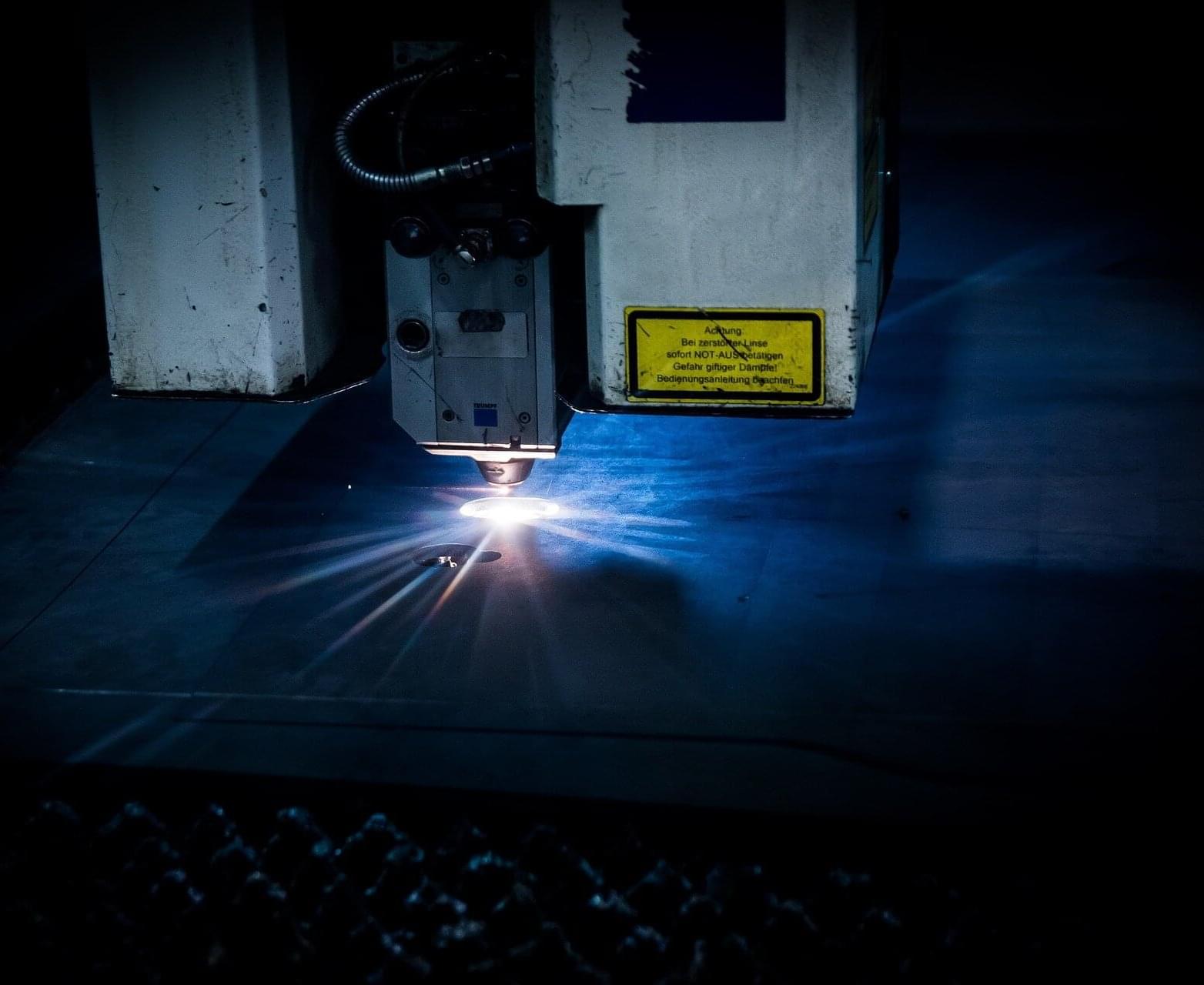What if love could be programmed? AI companions are here, offering customizable relationships tailored to your every desire. From apps like Replika to futuristic VR partners, we explore the rise of AI girlfriends and their potential to redefine how we connect. Could this technology solve loneliness—or destroy real human relationships? And what would a world without women look like, with just AI partners and baby incubators? Dive into this provocative discussion and share your thoughts below!
#AIGirlfriends #FutureOfLove #AICompanions #DigitalRelationships #TechAndSociety #AIInnovation #VirtualReality #LonelinessSolutions #MenAndTech #EthicalAI
